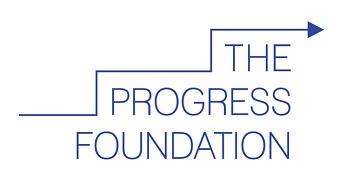In our previous blog, we highlighted several findings from the research undertaken in recent years:
- Self confidence matters and our young people seem to be lacking the self-esteem which generates self confidence. We should expect more of all our young people and make them believe that they can achieve more at school and in life.
- Middle class parenting styles work – and we need to try to extend the benefits to those who don’t have parents doing this hard work on their behalf
- Mentoring can make a huge difference – Putnam says that “mentoring can help at-risk kids to develop healthy relations with adults….and to achieve significant gains in academic and psycho social outcomes.”
- Extracurricular activities (sport, music, debating, clubs) have a positive effect and needs to be supplemented for those attending schools where provision is poor.
- Young people also need to learn important stuff – to read, facts and real skills.
None of these findings would be valid without good evidence – this can be really hard to come by in the world of social change but charities are, rightly, getting better about thinking about this. We always ask charities to tell us how they would assess whether the project is succeeding at the end of each year’s cycle. Over the years, we have had many conversations about measuring outcomes (x% of young people have higher levels of self confidence, for instance) rather than inputs (x young people attended our sessions). We have also challenged a number of charities to undertake more rigorous external assessment.
The research findings have prompted us to consider whether those projects we have supported fit within the research findings above. We have also looked at whether we have made an explicit contribution to improved project assessments. And we have added one other category as we felt that all the findings above contribute to work readiness and some of the work we have supported explicitly addresses this without fitting neatly into the 5 categories above.
So we allocated our grant spending to the following seven categories. Each grant could address more than one category and we allocated all the spending to each relevant area unless there were sub grants which were more specific.
- Self-esteem/ ambition
- Parenting
- Mentoring
- Extra- curricular
- Improving evidence
- Skills/ Educational content
- Work readiness
We have made grants to 25 projects and each one of them has contributed to at least one of these objectives. 68% of the projects we have supported contribute to at least two of the objectives as shown in the frequency chart below:
The stand-out project, which has addressed 5 of the objectives, is the Next Big Thing, which uses experienced business mentors to work with teams of school students to develop and present business ideas. This is a project which we have incubated and two of our directors serve on its board. It is very gratifying that recent research into how to help young people from poorer areas shows that NBT is particularly well designed to address the right areas.
To show a relative measure of funds we have committed to the different categories identified above, this graph shows the percentage of total funds allocated to each of the seven objectives – as each project contributes to more than one objective, the total of all seven exceeds 100%:
The research we referred to in our previous entry has been published since 2012, whereas we started our work in 2008. We did spend some time looking at earlier publications, but the research picture seems to have clarified since then. Accordingly, although we did not set out with specific objectives to support projects meeting these important goals, we are, nevertheless, pleased that our work has addressed what turn out to be important and relevant areas for supporting young people.
So what do we do with this information? We will conduct a review of the grants we have given to see if they match some other things we think are important – for instance, have they been innovative? Are they sustainable – have they been able to continue after our funding finished? How much have they achieved? We will also be thinking about what makes a project successful.


